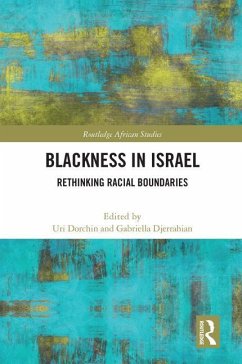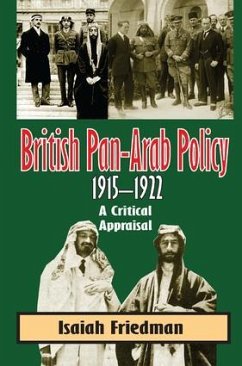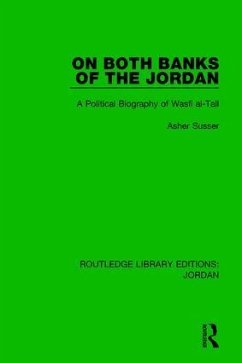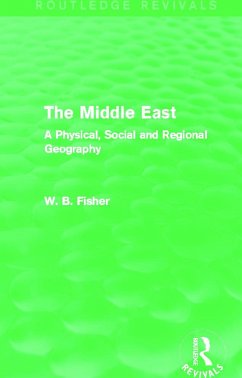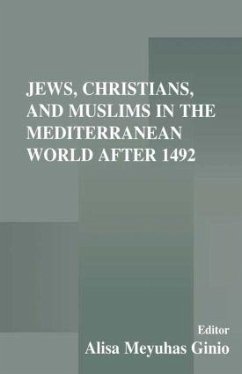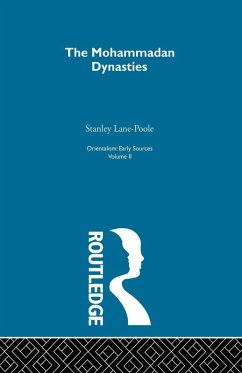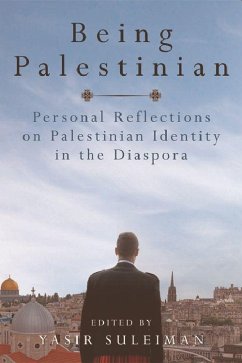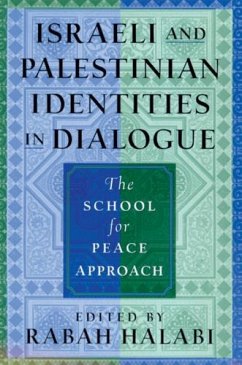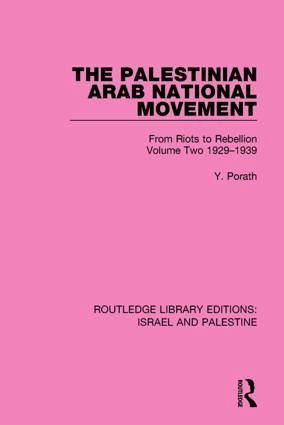
The Palestinian Arab National Movement, 1929-1939
From Riots to Rebellion
Versandkostenfrei!
Versandfertig in über 4 Wochen
53,99 €
inkl. MwSt.

PAYBACK Punkte
27 °P sammeln!
This book, first published in 1977, continues the author's of the Palestinian National Movement from the first volume, The Emergence of the Palestinian-Arab National Movement, 1918-1929. It examines in exhaustive detail the events in the crucial decade leading up to the Second World War.



